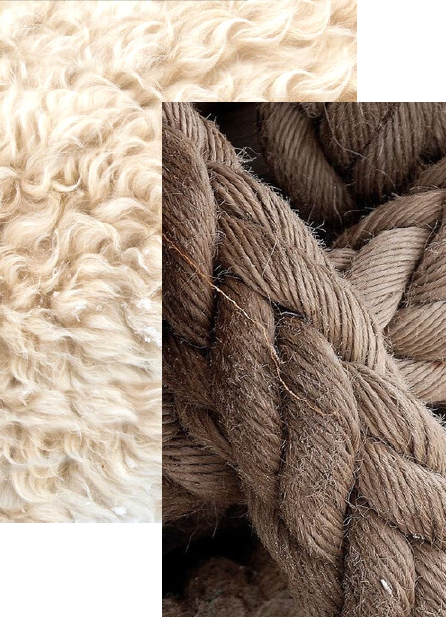
A Fusion Of The Organic And The Fabricated, Welcome to the New Fashion Industry.
Sustainable comes a time where you can either be angry with the world for not changing or you start initiating the change through you so that it gets better. I choose the latter. I want to bridge the gap from where we are to where we can be in future in the fashion industry.
As we take steps to Sustainability everyday I have noticed that opting it means letting go off many textiles as they are not good for the environment. One such textile is fur.
Fashion’s discomfort with fur is indicative of a changing world–and audience, with an increasing demand for transparency, sustainable and accountability across the board.

In recent years, a vast number of other luxury labels have made similar statements, with Burberry, Gucci, Chanel, Phillip Lim, Coach, Diane Von Furstenberg, DKNY, Michael Kors, Versace, and Armani among the roster of those ceasing use of mink, fox, chinchilla, rabbit and other types of pelt. For a few, this has stretched to exclusion of exotic animal skins and angora too.
There is nothing “natural” about clothing made from animals’ skin or fur. In addition to causing the suffering and deaths of millions of animals each year, the production of wool, fur, and leather contributes to climate change, land devastation, pollution, and water contamination.
Faux fur and synthetic fiber production, consumption, and disposal cause enormous harm to the environment. Alternatives to real fur are made from petroleum by-products, which aren’t sustainable or biodegradable. They are made from a non-renewable resource that requires chemicals in its processing. They also add to the plastic and micro-fiber pollution provoking the death of millions of animals on land and in the oceans each year. On the other hand, the manufacturing of fur clothes involves very dangerous substances, including acids, bleaches, and toxic dyes. Many hazardous chemicals are used to prevent putrefaction up to unsafe levels.
I want to develop an alternative vegan and Sustainable fur made up of jute and cotton fiber blends as they are known for their unique properties. I want to bring it as close to natural fur so that we can enjoy the textile without having to worry about its impact on the environment. India is very abundant in organic textiles like these and this led me to think about new textiles I could develop using it. Along the way I want to discover more fur alternatives to match various different textures found in real fur.
If you care to learn further about how workshops are structured at LISAA School of Design, please click below to get in touch with our team.